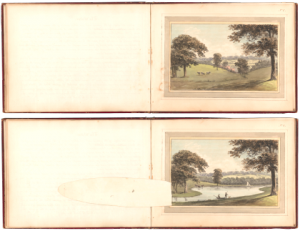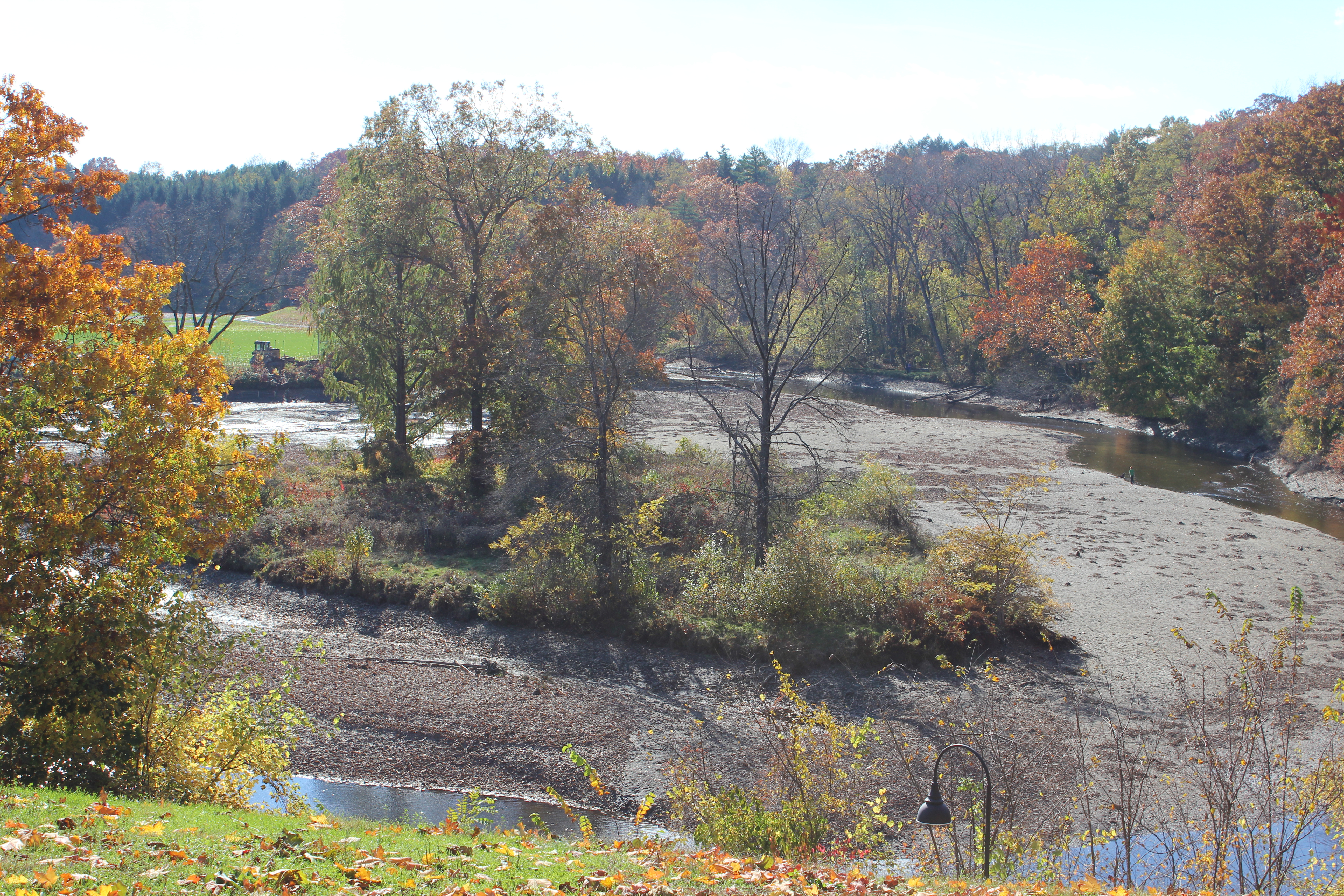Have you ever noticed that the beloved pond that dots Smith College brochures sometimes sits empty? It might’ve been easy to miss if you weren’t around at the opportune moments. I was around though – in my time at Smith I’ve had multiple chances to see into the pond’s depths (though I will note it is hardly very deep at all, really, in some places, it seems more like a puddle than a pond). You see, Paradise Pond has a bit of a problem – it is accumulating sediment. This is a perfectly natural process, but, it has the potential to cause problems for other campus landscaping, like that of the Athletic Fields, downstream. It also, if unchecked, would mean that there would be no kayaking or canoeing on campus. So, the pond has typically been dredged every 8-10 years, in 1974, 1982, 1990 and 1998, and in my first year at Smith – 2016.
Seeing the pond sit empty made me wonder about what else might sit in its place, or how it might look different in the future. Other colleges, like the nearby Williams, have been redesigning their outdoor spaces to be more reflective of their histories and native ecologies. They recently redesigned their central quad to incorporate a rain garden, more native plants, and crucially, to remove cars from the center of their campus, replacing a road with a gently sloping sidewalk. It caused a lot of controversy on their campus because some million dollar marble slabs from a nearby quarry. Students wished that the college prioritized spending that reflected long term goals, “Noting that unlike fossil fuel divestment, the quad is a one-time project, Divest member Linda Worden ‘19 said, “the college focuses financially on on-campus projects that look good on brochures. These projects benefit privileged Williams students who aren’t the most affected by climate change.” ” Still, the project and others like it make me think more about what a long term sustainable and ecologically beneficial Paradise Pond look like.
The College recently released a new Landscape Master Plan – created with input from students, alum, staff, and faculty – to reflect their goals for the future of Smith. In their findings they report that many participants mentioned removing the Pond’s dam, letting the river return to its natural flow. But they note that:
“Dam removal, mentioned by many members of the campus community, would require significant hydrologic and ecological studies to assess impacts to downstream habitats and potential flooding impacts to property and infrastructure”
It has been there since 1666 after all. But this doesn’t mean we should settle for the pond in its current state. We just need to be thinking long term and creatively about ways to change our engagement with the pond.
The pond is currently a beautiful campus landmark, I will willingly admit that. I have tarried away many a spring day lounging on the lawns before it, admiring the way that the clouds are mirrored on its surface. But, it is costly to maintain, and it is clearly a product of landscape trends of the nineteenth century, where natural landscapes were altered to create picturesque views with little regard for the ways that it changed or disrupted the environment. Looking at the pond I am reminded of the landscaper Humphry Repton, who was well known for creating books where you could flip between before and after pictures of what your garden might look like. (We have one in Smith College’s Mortimer Rare Book Room).

He was known for adding man-made water features and strategic clumps of trees to make landscapes more picturesque. They were for people’s benefit, not for the habitat. We shouldn’t let Paradise Pond glide by on its charms when we have the opportunity to make it better.
Luckily the college has already shown a willingness to be playful in their interactions with the pond. The 2016 project was a little bit different than the previous projects. It was more of an … experiment? It was dubbed the Paradise Pond Project. Instead of using traditional dredging techniques the college has started to use Paradise Pond as a zone for experimentation; they are exploring the potential of using the Mill River’s own hydraulic power to move sediment downstream, rather than completely dredging the pond as in the past. One of the chief figures in this pond project, Geosciences Professor Bob Newton, has argued that this would be a cheaper and less disruptive way of solving the issue. (The pond’s maintenance costs the college a whole lot of money!)
As a result of the project the pond has since been drained more frequently, that’s why I’ve gotten to see the mud pit it becomes more often. This new method is being monitored closely. It has actually become a great opportunity for geoscience, marine science, biology, environmental science and policy, and landscape studies students to work with a real system. I would urge all Professors on campus to think about ways they might use the pond and Smith’s landscape as a whole, in their teaching. And I would urge all Smithies to think about what they want out of their landscape and keep voicing their opinions, not just when landscape planning is happening.
In the spirit of experimentation, let’s collectively imagine how we might redesign the pond so that it is more conducive to both the ecosystem at large, and more reflective of the Smith Community and the proclaimed commitment to sustainable and ecological design. This is an opportunity to move beyond new management plans, maybe to imagine a new thing entirely.
